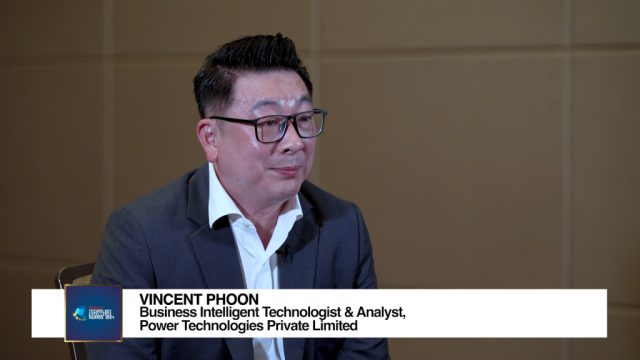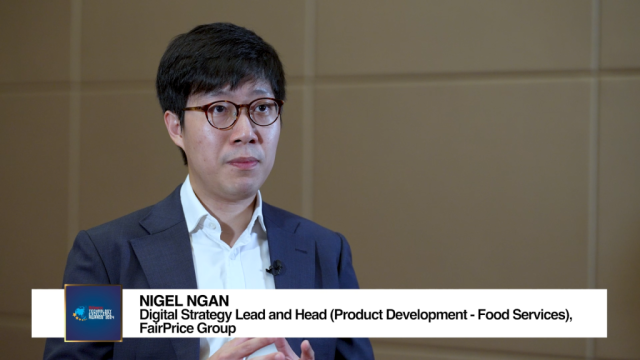
How to really sell your products?
The first step in developing any workable sales strategy in Singapore or any part of the world is to study the process of making a sale.
Far too often, however, the sale revolves around the exchange of money resulting from the buyer receiving some form of value from the seller. The problem with this model is that “value” is intangible, and undefined – but is used too often. Finding individual sales people or whole companies that don’t boast about offering things like “value added services,” “value selling” or don’t claim to be selling “solutions” is likely to be a fruitless effort.
Yet, how many of these sellers actually know what their customers would define as value? Moreover, how many sellers can precisely identify what kind of “value” their customers are willing to pay a premium to receive? If value is defined as something that causes a customer to reduce their price concerns, then effective sellers should be able to answer with a list of specifics. The unfortunate reality is that most will answer with guesses and platitudes.
How those notions of value translate to Asian markets is something of a mystery, although it is obvious that Asian buyers may not necessarily value the same things as their Western counterparts. Particularly when dealing with businesses in China and India, where the lines between personal relationships and business relationships are blurry at best, what constitutes value can be something that is culturally-specific, and may extend beyond the boundaries of the business transaction alone.
The savvy seller understands the importance of cultural nuances, and extends the idea of value to include intangibles.
As products and services become ‘commoditized’, customers can find it difficult to distinguish between offerings from competing providers, and that can reduce competition to simply a question of which one can offer the lowest price point.
To move buyers to the point where their buying decisions are based on more than just price, the seller must create value for the buyer that exceeds what they would get for money alone.
Research conducted by Huthwaite Asia Pacific has identified four distinct value drivers – four situations where customers were willing to pay a premium, redefine the buyer/seller relationship, erect barriers to the seller’s competitors and establish the seller as a trusted advisor.
These value drivers would appeal particularly to Asian businesses, who are always looking for something beyond the cash transaction.
These four value drivers are:
· The seller revealed to the buyer an Unrecognised Problem that the buyer or the buyer’s organisation was experiencing.
· The seller helped the buyer realise an Unforeseen Opportunity for their organisation that was not immediately apparent.
· The seller established for the buyer an Unanticipated Solution to the problems that the buyer or the buyer’s organisation was experiencing.
· The seller served as more than just a vendor of products or services, but instead served as a Broker of Capabilities. Specifically, the seller served to make available to the buyer the full range of capabilities of the seller’s organisation in such a way that these capabilities contributed to an expansion or redefinition of the customer’s success.
In all these instances, the sales interaction is elevated to the point where the customer is receiving real value for money – and the common denominator is that in each of these instances, the seller is considering not just the immediate prospect of closing the sale, but is demonstrating an understanding and concern for the customer’s business success.
While there are various ways of connecting with Asian customers, the thing to remember is that while appeals to lowest cost may work, business relationships are perhaps of even greater importance here and in the region. It is still essential to have great products and services, if only because no one can effectively compete with superior offerings. But it is no longer possible to win the value battle or escape the price-driven sale if the customer only receives the value embodied within the product or service offered. The seller needs to create value, not just communicate value throughout the selling process.
This means bringing the seller’s expertise to bear, and demonstrating that expertise to the benefit of the buyer during the selling process, i.e. before the sale is made. Successful sales and long-standing business relationships are built on effective engagement with sellers, providing value that extends to an understanding of the client’s needs and the creation of client successes.
Greg Moore, Managing Director for Huthwaite Asia Pacific
























 Advertise
Advertise









